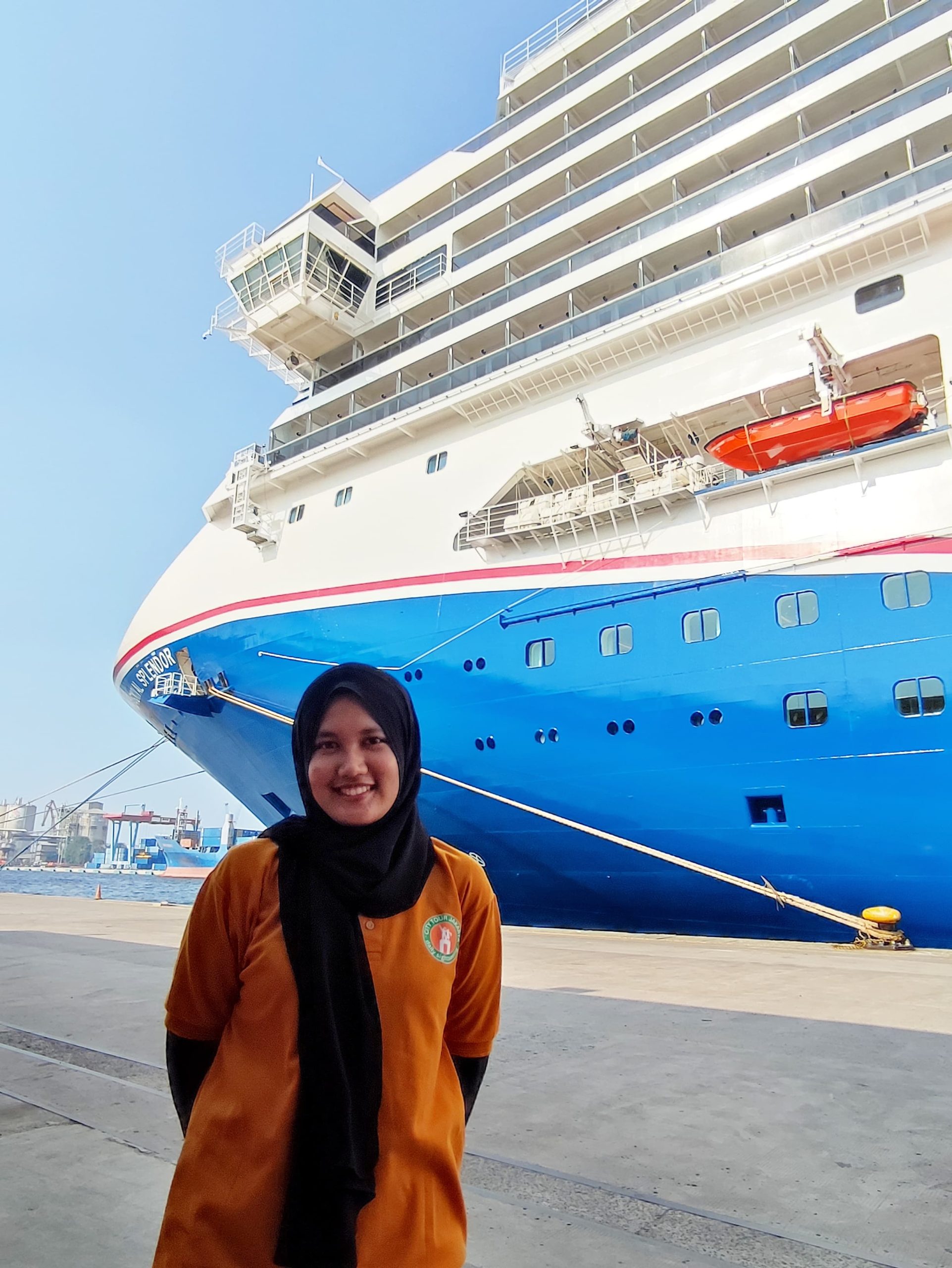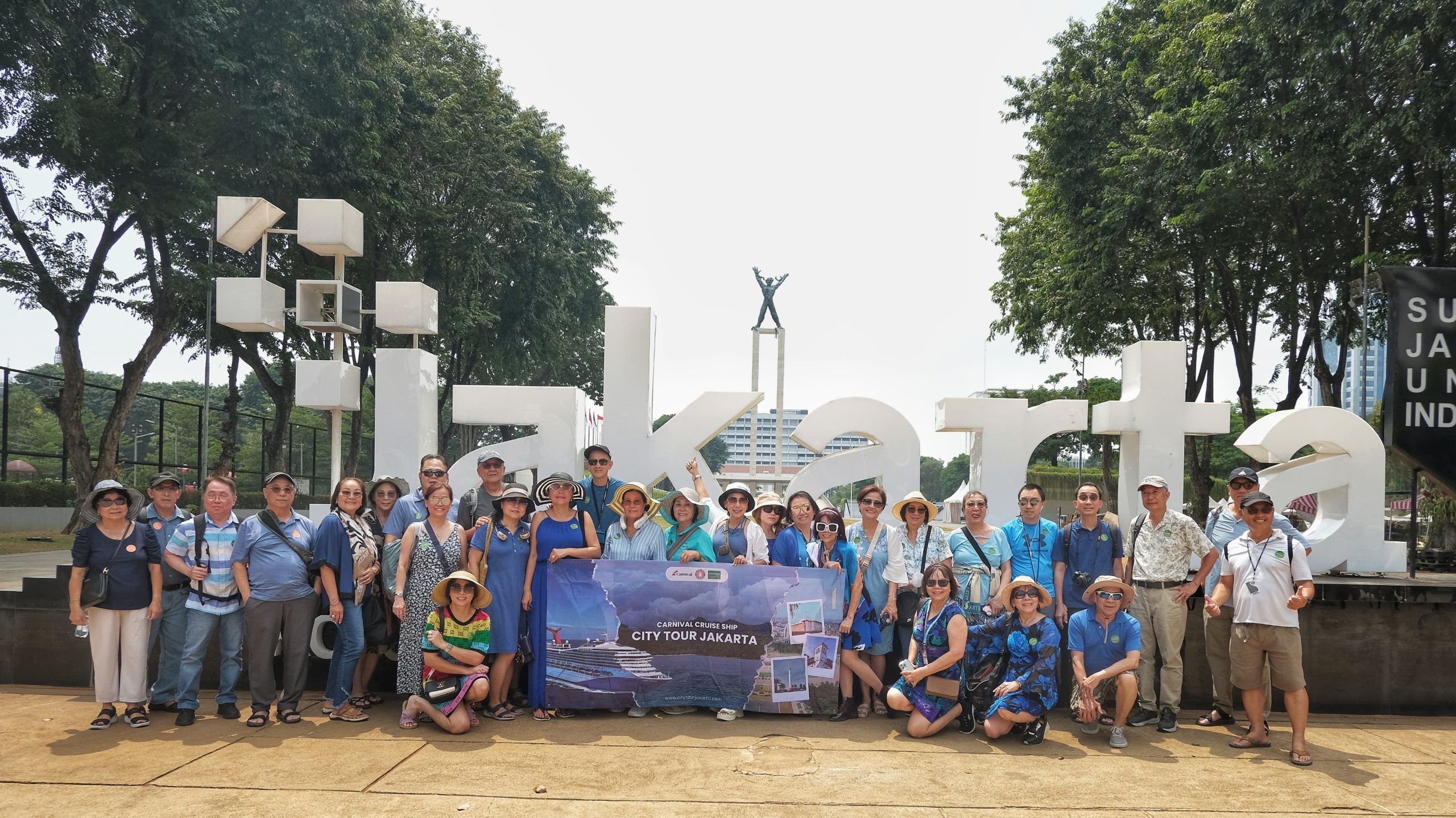
About Jakarta
Jakarta, the capital city of Indonesia, is located on the northern coast of West Java and serves as the nation’s center for government, commerce, and industry. Covering an area of 637.44 square kilometers, it is a melting pot of over 300 ethnic groups and cultures, embodying Indonesia’s motto, “Unity in Diversity.” The city’s strategic location makes it a principal gateway to the archipelago, offering extensive air, sea, and land connections to domestic and international destinations.
Historically, Jakarta originated as Sunda Kelapa, a small harbor town, renamed Jayakarta in 1527, Batavia under Dutch rule, and finally Jakarta during Japanese occupation in World War II. The city’s historical influences are reflected in its architecture, such as restored colonial buildings and museums in Old Batavia.
Modern Jakarta is a bustling metropolis with luxury hotels, vibrant nightlife, shopping centers, and tourist attractions like Taman Mini Indonesia Indah, Ancol Beach, and the Thousand Islands. It is also home to Indonesia’s main airport, Soekarno-Hatta International Airport, and key cultural, educational, and research institutions.
With rapid development, Jakarta boasts modern skyscrapers, advanced infrastructure, and improved living standards. Its cultural diversity and dynamic growth have established it as one of Asia’s leading metropolitan centers and a vital symbol of Indonesia’s progress.
Jakarta, the capital city of Indonesia, is located on the northern coast of West Java and serves as the nation’s center for government, commerce, and industry. Covering an area of 637.44 square kilometers, it is a melting pot of over 300 ethnic groups and cultures, embodying Indonesia’s motto, “Unity in Diversity.” The city’s strategic location makes it a principal gateway to the archipelago, offering extensive air, sea, and land connections to domestic and international destinations.
Historically, Jakarta originated as Sunda Kelapa, a small harbor town, renamed Jayakarta in 1527, Batavia under Dutch rule, and finally Jakarta during Japanese occupation in World War II. The city’s historical influences are reflected in its architecture, such as restored colonial buildings and museums in Old Batavia.
Modern Jakarta is a bustling metropolis with luxury hotels, vibrant nightlife, shopping centers, and tourist attractions like Taman Mini Indonesia Indah, Ancol Beach, and the Thousand Islands. It is also home to Indonesia’s main airport, Soekarno-Hatta International Airport, and key cultural, educational, and research institutions.
With rapid development, Jakarta boasts modern skyscrapers, advanced infrastructure, and improved living standards. Its cultural diversity and dynamic growth have established it as one of Asia’s leading metropolitan centers and a vital symbol of Indonesia’s progress.

